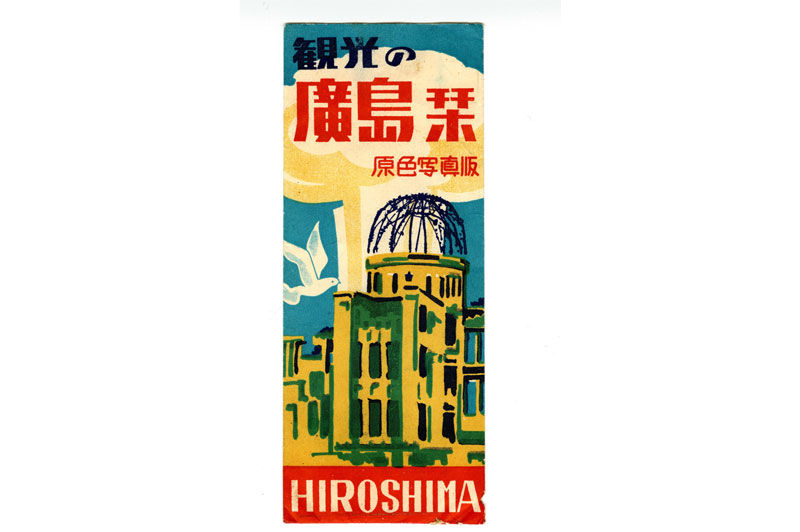
.
Hiroshima’s Transwar and the architecture of Memory and Forgetting
- 4 March 2025
- 4:30pm GMT - 5:30pm GMTT
- Sainsbury Institute, Town Close Auditorium, 64 The Close, Norwich NR1 4DH
- https://www.sainsbury-institute.org/events/hiroshimas-transwar-and-the-architecture-of-memory-and-forgetting/
- 01603 597507
- sisjac@sainsbury-institute.org
- Tweet
Speaker: Kikkawa, Hideki (TOBUNKEN)
About the Talk
Established in 1589, Hiroshima, like many other castle towns in Japan, evolved into an important military city (guntō) during the Meiji period. This transformation began with the establishment of the imperial headquarters at Hiroshima Castle during the First Sino-Japanese War. The military, the empire, and the emperor’s importance to the city were reflected in numerous monuments, archways, and buildings throughout the city, with Hiroshima Castle at its center, symbolizing both past and present martial glory. However, much of Hiroshima’s wartime infrastructure—both commemorative and operational—was obliterated in the American nuclear attack of August 1945, along with most of the civilian city center. In the aftermath, a new architectural and commemorative landscape emerged, consciously erasing and replacing Hiroshima’s historical ties to war and imperial conquest. The city redefined itself as Heiwa to, or “peace city.” This talk argues that Hiroshima’s postwar architecture of memory was also an architecture of forgetting. Just as prewar imperial narratives sought to shape communal identity, Hiroshima’s postwar elites imposed new grand narratives that, while celebrating peace, inadvertently silenced some critical voices while amplifying others. Unlike the prewar imperial state, postwar Japan allowed for dissent and critical discourse, making Hiroshima’s identity (re)formation a more complex and contested process. Contradictions, counter-narratives, and alternative representations continually emerged, challenging the city’s constructed image as a symbol of peace.
Free and open to all, booking essential.
